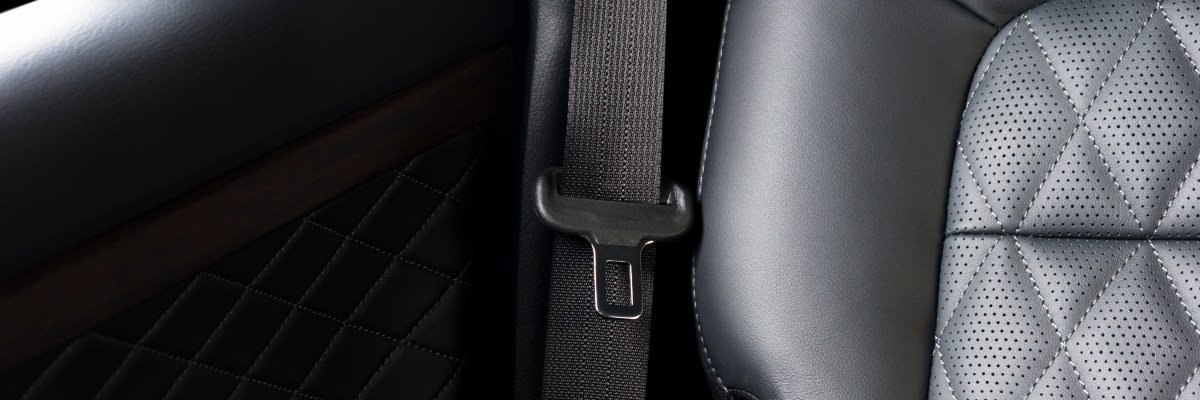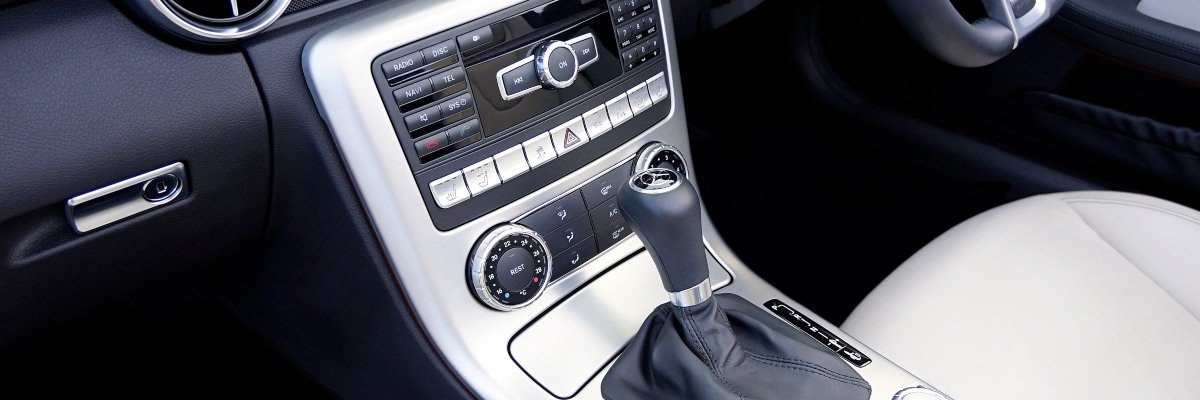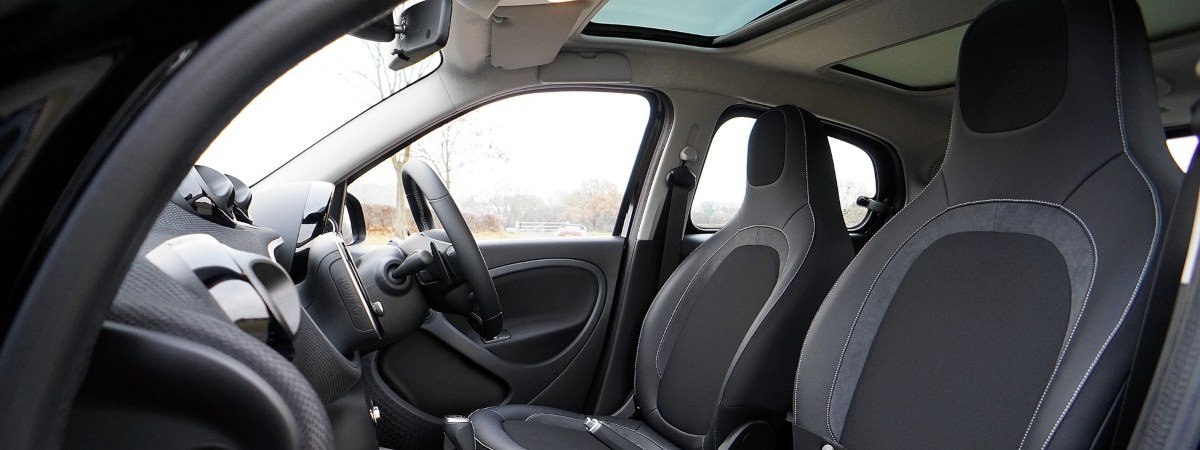You’ve decided on the make and model of car you want, but now comes the tricky part: choosing which car trim level to opt for. If you’ve regularly questioned ‘what is a vehicle trim’, then worry no longer.
To help you out, we’ve put together a guide with car trims explained and industry insider tips on selecting a trim level.
What are Car Trim Levels?
Have you ever wondered what is a trim on a car or what do car trim mean? Car trim levels, also sometimes referred to as vehicle trim levels or spec levels, are simply different versions of the same car model. Each trim level is equipped with a specific set of features and equipment, allowing manufacturers to offer their cars at a variety of price points and cater to a wider range of car models. This gives you more choice when searching for a new car.
It’s important to distinguish between trim levels and additional options. Trim levels are specific packages of features put together by the manufacturer and offered at a set price. On the other hand, additional options are usually standalone features or bundled features that can be purchased for an extra fee on top of the base price of the car. While some might wonder does trim level affect insurance, insurance rates are typically more influenced by factors like engine size, safety features, and your driving record rather than the specific trim level.
By understanding what are car trim levels and the features they offer, you can make an informed decision when choosing the right car for your needs and budget. You can often find this information on the manufacturer’s website or in the car’s brochure. Additionally, some websites allow you to input your car’s VIN number to find out what trim is my car.
How Do Manufacturers Name Trim Levels?
The problem with choosing a trim level is that manufacturers all set their own trim level naming systems. This means you’ll often need to do your research to find out the best trim level for the car you want.
Some manufacturers, like Kia, keep things simple with numerical trim names, making it easy for customers. Others, like Citroen, prefer more complex systems and choose to give their trims names like “Touch,” “Feel,” and “Flair.”
The good news is that manufacturers tend to be consistent with their naming systems. Once they’ve decided on a system, it’s usually applied to their entire model range.
Trim Levels
As an example, let’s look at the Mazda CX-30. The base trim level might feature basic amenities like automatic headlights, air conditioning, and a touchscreen infotainment system.
As you move up through the trim levels, you might see features added like heated front seats, adaptive cruise control, a sunroof, a Bose sound system, leather upholstery, and a more powerful engine option.
The top trim level could offer all the aforementioned features, along with navigation, parking sensors, and advanced driver-assistance systems. By comparing the features of each trim level, you can find a Mazda CX-30 that perfectly matches your needs and budget.

How Do Nav and Sport Car Trims Differ?
While not a guaranteed rule, some terms often indicate what a particular trim level might offer:
- Nav: If you see a car with “Nav” in the trim level name, it usually comes with a built-in satellite navigation system (satnav).
- Sport: If a trim includes the term “Sport,” you can typically expect to find sportier touches like sports seats, stylish alloy wheels, and firmer suspension.
What are the Pros of Having Different Car Trims?
- Wider Range of Prices: Offering cars in different trim levels allows manufacturers to cater to a larger customer base by providing the same car at various price points.
- Cost-Effectiveness: Different trim levels often work out cheaper than buying all the additional features you want separately.
What are the Cons of Having Different Car Trims?
- Engine Limitations: Not all car trims are available with the full engine range. For instance, you might have to opt for the sports model to get the most powerful engine.
- Limited Feature Selection: Manufacturers choose the features included in each trim level. You might find one level missing a feature you want, but the next trim level up adds a lot of other features you don’t need.

Which Car Trim is Right For Your Lifestyle?
The best trim level offers a blend of practicality, convenience, and luxury that suits your lifestyle while still providing good value for money.
Here’s a breakdown of some typical considerations:
Families:
Key features for families might include split-fold rear seats, remote central locking, driver assistance safety features, and convenience-boosting accessories like a sat-nav.
Young Drivers:
Young drivers might prioritise the latest infotainment systems, on-board connectivity, and stylish interiors.
Professionals:
Professionals might look for a touch of luxury with features like leather upholstery and heated or ventilated seats.
What About Trim-Based Special Edition Cars?
Some manufacturers will release special edition models based on a particular trim level to boost sales. These can be attractive to customers because they often include additional features that would normally cost extra.
For fans of a certain make and model, these special editions offer a chance to own a unique version of their favourite car.

Top Tips for Finding the Right Car Trim Level
- Do Your Research: Before visiting a showroom, decide on the make and model of car you’re interested in and research the different available trim options.
- Consider Your Needs: Think about how you’ll use the car and which features will make your driving experience easier. For example, if you travel a lot for work, a built-in infotainment system with smartphone connectivity might be essential.
- Be Budget-Conscious: Be realistic about your budget and needs. While the top-spec model with all the bells and whistles might be tempting, if you won’t use all the features or they don’t suit your lifestyle, you might regret the decision later.
- Think About Resale Value: Most of us don’t keep our cars forever. If you plan to trade yours in for a new model after a few years, consider which trims offer good value for money in the long term and will be attractive to future buyers. Opting for darker paintwork like blue, grey and black and choosing a sophisticated interior will help your car to appeal to more buyers in the future.